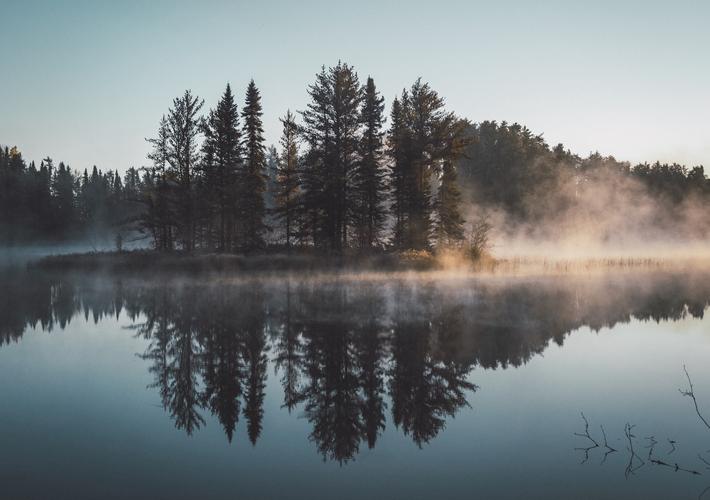Exploring the Complexities of Sri Lanka’s Cultural Identity
Sri Lanka is a culturally rich and diverse country, with a history spanning over two millennia. Its unique location in the Indian Ocean has led to a blend of different cultures, languages, and religions that have contributed to its complex cultural identity. In this article, we will explore the various factors that contribute to Sri Lanka’s cultural identity and how it has evolved over time.
Historical Roots of Sri Lanka’s Cultural Identity
Sri Lanka’s cultural identity is closely tied to its history, with influences ranging from ancient Indian civilizations to colonial powers from Europe. The country’s proximity to India has led to the spread of Buddhism, which is now the dominant religion in Sri Lanka, while Hinduism and Islam have also played significant roles in shaping the country’s culture.
Furthermore, Sri Lanka’s colonial past has also left its mark on the country’s cultural identity. The Portuguese, Dutch, and British colonial powers introduced new religions, languages, and customs that have since become integrated into Sri Lankan culture.
Language and Religion
Sri Lanka has two official languages – Sinhala and Tamil. The Sinhalese people form the majority of the population and mostly practice Buddhism, while the Tamil community is mostly Hindu. Christianity and Islam are also practiced by smaller communities. The language and religion of an individual in Sri Lanka often contribute significantly to their cultural identity.
Art and Architecture
Sri Lanka is also known for its unique art and architecture, which has been influenced by its neighboring Indian civilizations and its colonial past. The ancient kingdoms of Sri Lanka have left behind impressive ruins, such as the Sigiriya rock fortress, which provide a glimpse into the country’s rich history.
Furthermore, Sri Lanka’s colonial past is also visible in its architecture, with buildings such as the Galle Fort reflecting the Dutch influence in the country.
Food and Festivals
Sri Lankan cuisine is a mix of different flavors and spices, with influences from Indian, Indonesian, and European cuisine. Rice and curry are staples of Sri Lankan cuisine, which is known for its use of coconut and spices such as cinnamon, cardamom, and cloves.
Sri Lanka also has a diverse range of festivals that celebrate its cultural diversity. The Sinhala and Tamil New Year, Vesak, and Deepavali are some of the most significant festivals celebrated in Sri Lanka.
Conclusion
In conclusion, Sri Lanka’s cultural identity is complex and multifaceted, shaped by a blend of different civilizations and colonial powers over its long history. Its diversity is one of its greatest strengths, with a rich tapestry of languages, religions, art, and cuisine that has created a unique cultural landscape. Understanding and celebrating this diversity is crucial for creating a more united and harmonious society in Sri Lanka.
(Note: Do you have knowledge or insights to share? Unlock new opportunities and expand your reach by joining our authors team. Click Registration to join us and share your expertise with our readers.)
Speech tips:
Please note that any statements involving politics will not be approved.
